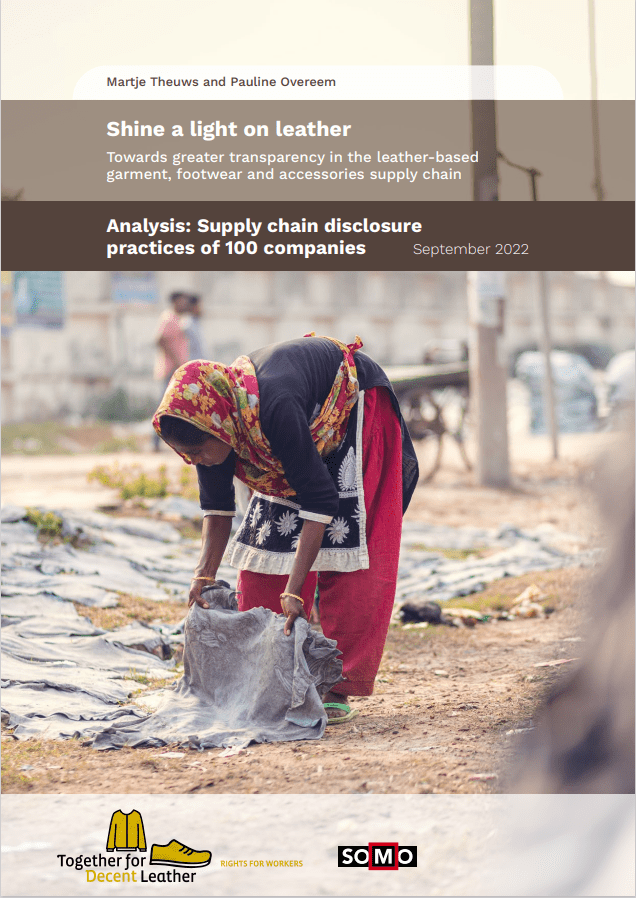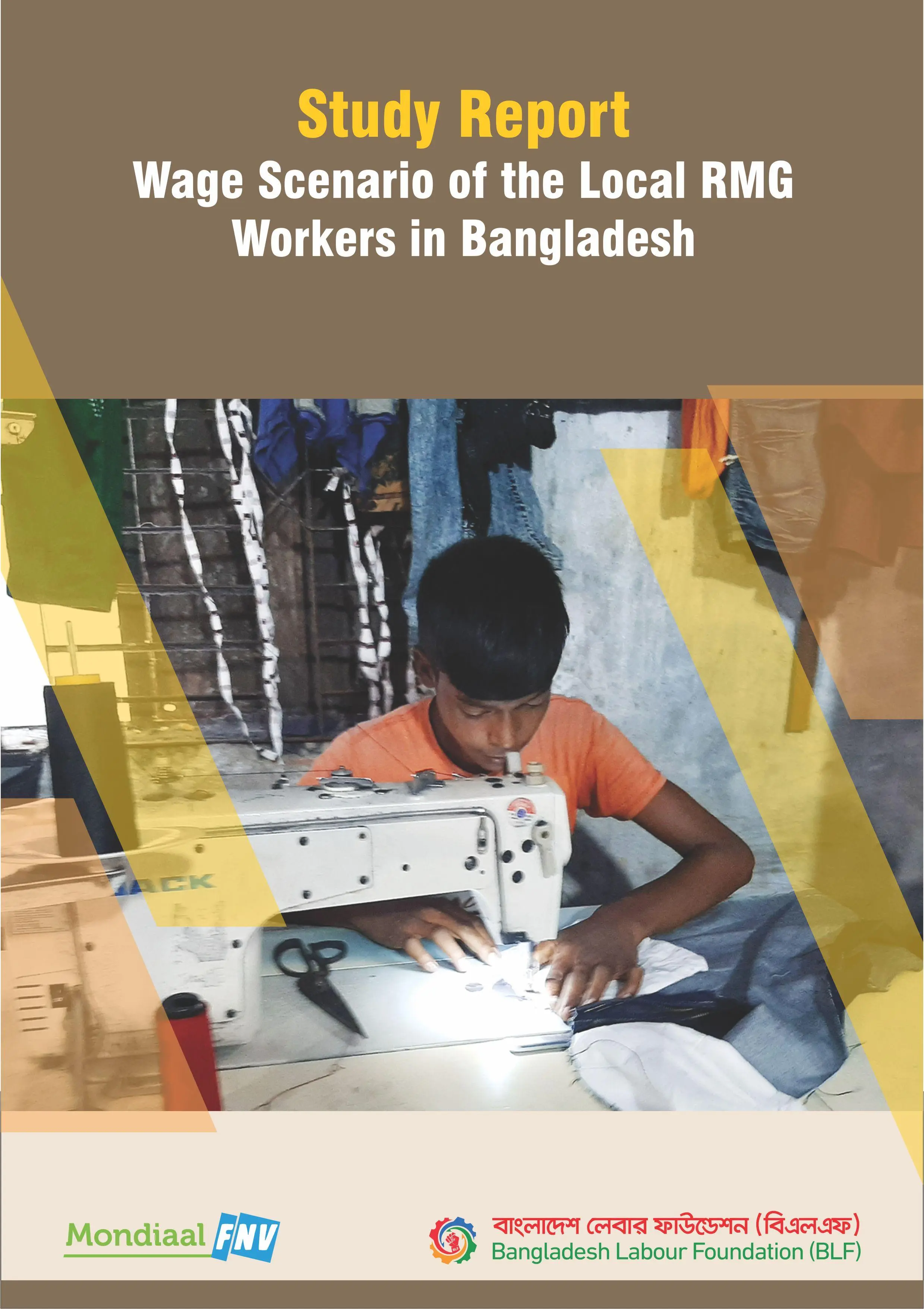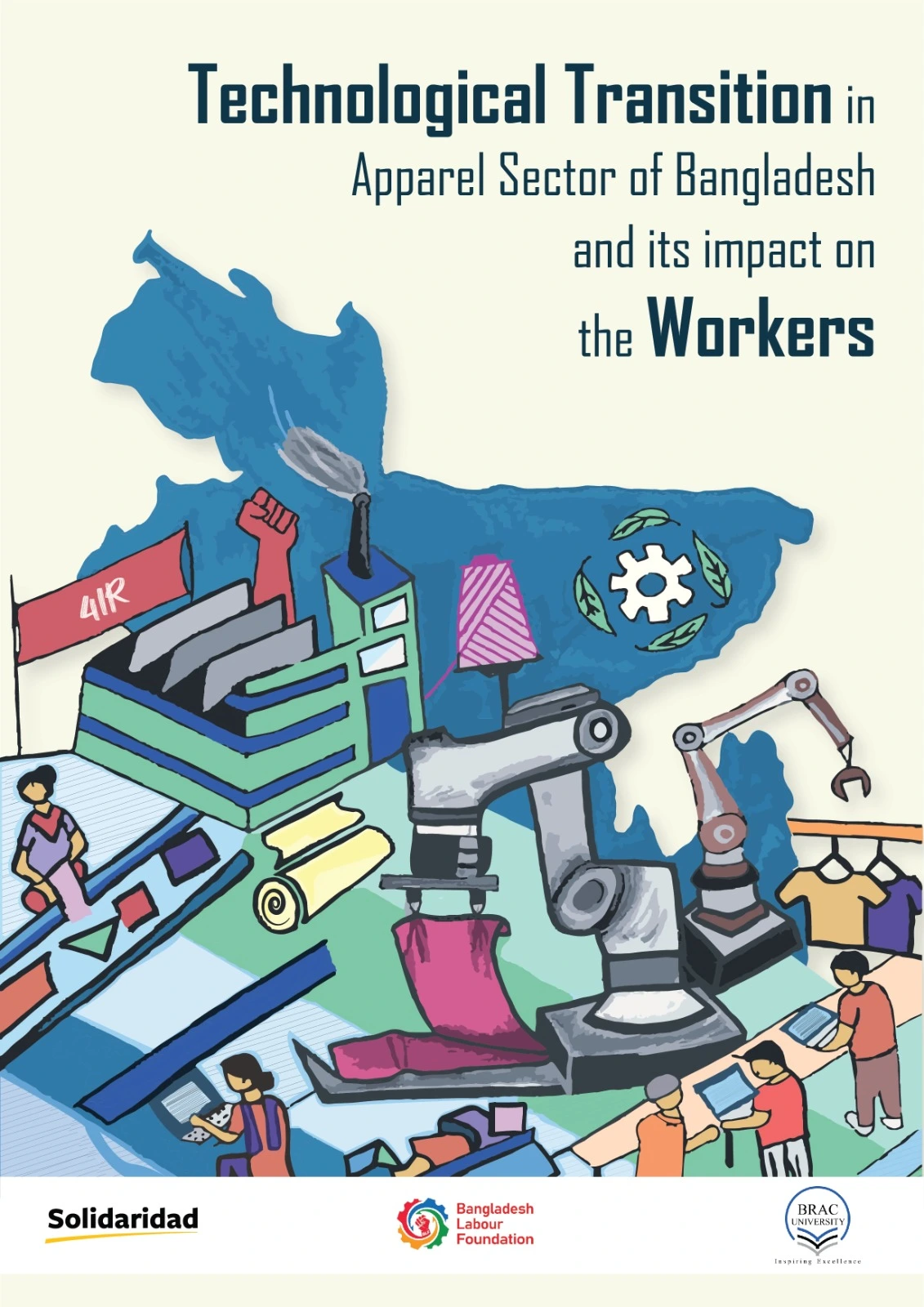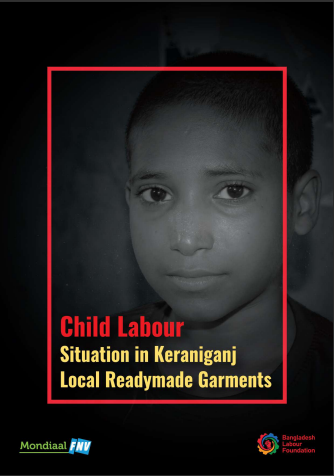HBRMGWs exist in the RMG supply chain (tier 1 to tier 4) including export-oriented RMG and Subcontracting factories focusing woven and knitting. This study assesses the socio-economic conditions, workplace environments, and challenges faced by homebased ready-made garment workers (HBRMGWs) in Bangladesh. Conducted in Dhaka and Gazipur, this study highlights the vulnerabilities of HBRMGWs, their integration into the global supply chain, and policy gaps that leave them unprotected. The study employs a mixed-methods approach, combining quantitative surveys and qualitative analyses, to provide a comprehensive understanding of the realities faced by this marginalized workforce.
Research & Study
Assessment on the Socio-economic Condition of Home-Based Ready-Made Garment Workers (HBRMGWs) in the RMG Supply Chain
February, 2025
HBRMGWs exist in the RMG supply chain including export-oriented RMG and Subcontracting factories focusing woven and knitting. This study assesses the socio-economic conditions, workplace environments, and challenges faced by homebased ready-made garment workers (HBRMGWs) in Bangladesh. Conducted in Dhaka and Gazipur, this study highlights the vulnerabilities of HBRMGWs, their integration into the global supply chain, and policy gaps that leave them unprotected. The study employs a mixed-methods approach, combining quantitative surveys and qualitative analyses, to provide a comprehensive understanding of the realities faced by this marginalized workforce.
Keywords: Home-Based Workers, Ready-Made Garments, Supply Chain, Labor Rights, Bangladesh
Background
Home-based RMG workers are individuals involved in garment production from their homes rather than in formal factory settings. Their primary tasks include stitching, embroidery, labeling, cutting, embellishing, finishing, and packaging. They usually receive orders from contractors and vendors, though sometimes they are directly working with factory representatives. They are an integral part of the RMG supply chain. They are directly and indirectly connected with both export-oriented and local RMG factories, fulfilling the demand for outsourced work, manual labor, and low-cost piece-rate production. In FY24, the RMG industry contributed 81.29% to Bangladesh’s export earnings and 7.87% to the GDP, with a significant portion of this contribution involving HBRMGWs. According to HomeNet South Asia (2023), there are approximately 260 million home-based workers (HBWs) globally, with 65% located in the Asia-Pacific region and 67 million in South Asia (including Bangladesh, India, Nepal, and Pakistan). In Bangladesh, around 15,000 home-based RMG workers are concentrated in the Ashulia, Savar, and Gazipur regions, although comprehensive national data remains unavailable (BLF, 2025). But they are overlooked from the RMG supply chain and often lack the skills and education to negotiate their working conditions. Thus, they are working with minimum rate, poor working conditions, such as inadequate lighting, ventilation, and ergonomic setups and exclusion from labor protections and benefits.
Objectives
- To identify the HBRMGWs in Dhaka and Gazipur district area.
- To explore the socio-economic conditions of HBRMGWs in the RMG supply chain.
- To explore the workplace environment including health, hygiene and gender-based violence issue of the HBRMGWs in Dhaka and Gazipur district.
- To develop a policy paper in case of local workers worth.
Key Findings
- Around 55% of workers engage in seasonal work (5–6 months yearly), while 45% work regularly, with higher rates in Ashulia and Gazipur.
- The average working hour is 6.89 hours per day, with a maximum of 13 hours and a minimum of 2 hours.
- About 93.6% are working on piece rate basis, while the average piece rate is 5.25 BDT (ranging from 0.60 BDT to 30 BDT), and the average monthly salary ranges between 4,000–5,000 BDT.
- Nearly 99% of workers are paid in cash with no bargaining power over wages.
- Approximately 93% of workers are women (mostly married, with over 50% being young adults), 80% are climate-displaced migrants, and 98.1% express a willingness to be organized.
Recommendations
- Include home-based workers in labor laws and policies, ensuring DIFE inspections extend to the downstream RMG supply chain.
- Ratify ILO Convention 177 to secure formal recognition of home-based RMG workers.
- Encourage brands, buyers, and suppliers to adopt the HREDD framework for responsible business practices.
- Promote a transparent supply chain with fair pricing and responsible business conduct.
- Strengthen capacity building through leadership and technical training for home-based workers, while fostering collective bargaining and effective negotiations with employers.
The findings of this study underscore the urgent need for comprehensive policy interventions to address these gaps. Legal reforms must recognize HBRMGWs under labour laws, ensuring fair wages, safe working conditions, and social benefits. Skill development programs and access to advanced technology can enhance their productivity and income potential. Social protection schemes, such as health insurance and maternity benefits, are essential to safeguard their well-being. Additionally, facilitating collective bargaining and raising awareness of labour rights can empower workers to advocate for their interests. By addressing these challenges, Bangladesh can create a more inclusive and equitable environment for HBRMGWs, ensuring their contributions are recognized and their rights protected. This will not only improve the lives of these workers but also strengthen the sustainability and resilience of the RMG sector as a whole.
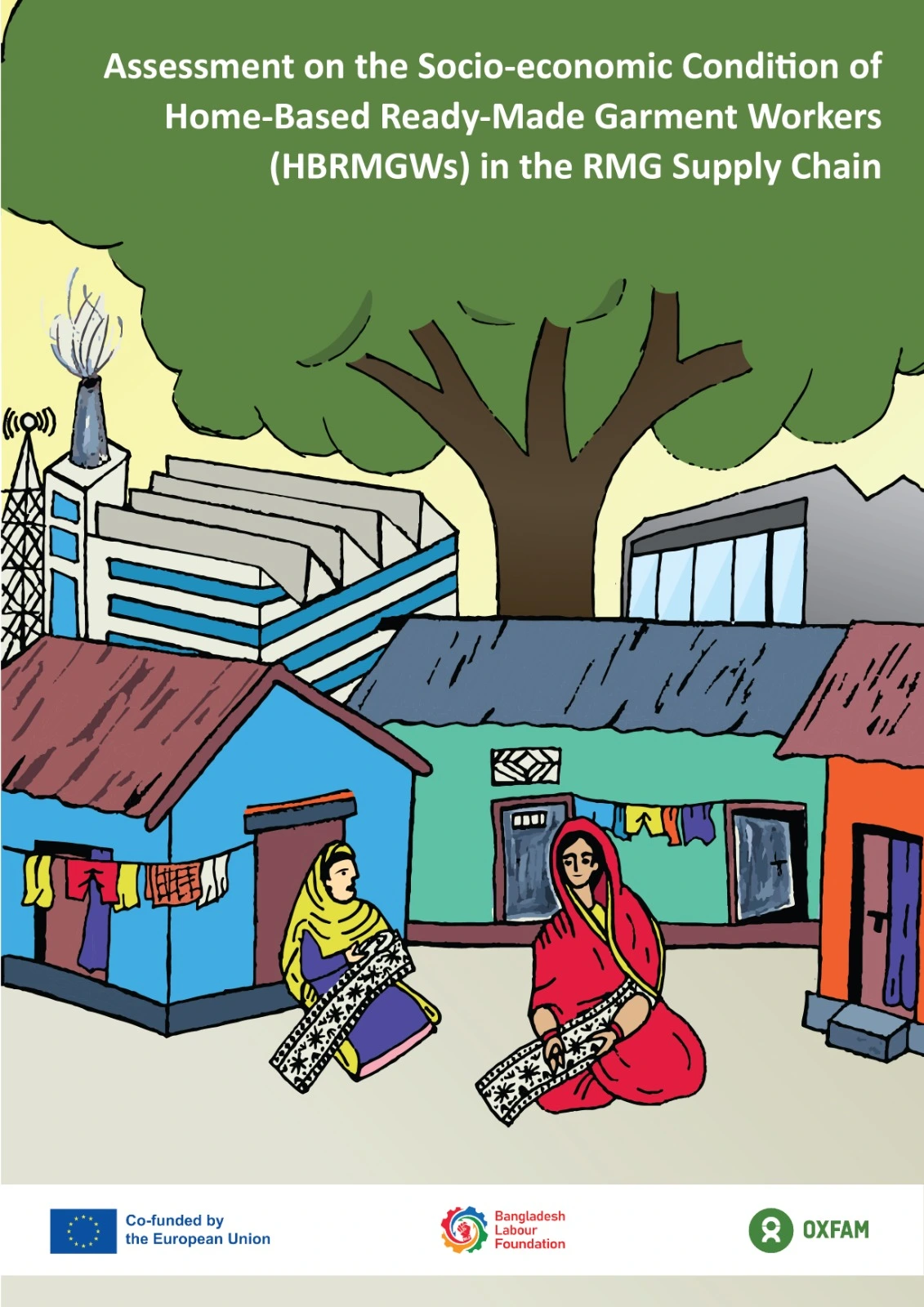
Publication Details
Date: February, 2025
Contact
Bangladesh Labour Foundation (BLF)
107 Bir Uttam C.R. Datta Road
Dhaka – 1205
Bangladesh


